Queen’s Gambit Declined Explained: Complete Guide for Black
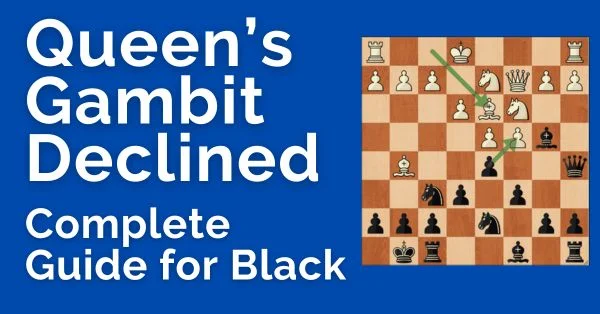
Queen’s Gambit Declined (QGD) is a timeless opening.
Every world champion from Steinitz to Ding Liren has played this opening.
This should tell us volumes about the depth and rich legacy of the QGD. It is an opening that gives you a solid foundation to use chess principles.
Players cannot go wrong by choosing this opening. Whether you are a professional or an amateur player there is always something new for you to learn in the Queen’s Gambit Declined.
First Moves
The opening starts out with 1.d4 d5 2.c4 White establishes the threat to take the central pawn. White’s ideal position is to have two pawns in the center (d4 and e4). So, Black has to find a way to deal with this threat. There are two possible ways to deal with this.
- Give up the central pawn for the c pawn and aim for a future counterattack in the center.
- Support the central d pawn and make it harder for White to achieve an ideal center.
2…e6 By playing this pawn move, Black decides to support the center. There is another option in 2..c6.
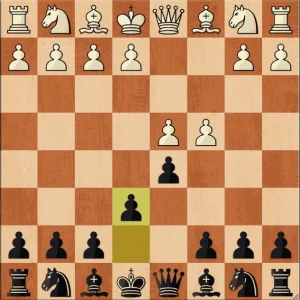
By supporting the central pawn Black maintains control over central square e4 as cxd5 is met by exd5. Another benefit is that you open the diagonal for the bishop. The downside to 3..e6 is that you block the light-squared bishop inside the pawn chain.
Develop the c8 Bishop
So one of the key ideas in the QGD is to find a way to develop the c8 Bishop to an effective post.
4.Nc3 After Nc3 Black has two options: The natural move is to develop the knight to f6 and the second option is to play 4..Be7. This move looks weird at first but it aims to prevent a concrete idea by white. To understand Be7 we must first take a look at Nf6.
By playing Nc3 white put additional pressure on the center and we develop our knight and simultaneously support our central d5 pawn.
After Nf6 White can continue with cxd5 exd5 and Bg5 reaching the Exchange variation of the QGD. This is beneficial for White because the Knight is not yet committed to f3 and can be deployed to e2. From e2 the Knight is more useful in the impending attack. The knight on e2 does not block the f pawn so White can now play f3-Ng3-e4 with active play.
Therefore to stop Bg5 Black plays Be7. After cxd5 exd5 you cannot play Bg5. If White still wants to play similarly then White would have to develop the bishop to f4.
Both 3…Nf6 and Be7 are playable and it is up to you to decide based on your preference.
This is the starting position of the main line Queen’s Gambit Declined and there are many variations from here.
The Tartakower Variation
After the initial moves of the QGD, the Kingside development is complete and it is time to now figure out a way to develop the Queenside. The Tartakower variation hopes to achieve this with a fianchetto followed by a central strike with c5.
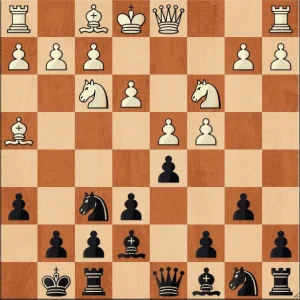
First Black uses some time to question the bishop on g5 by playing h6. White has to decide whether to keep it on the c1-h6 diagonal or the d8-h4 diagonal. This is just a finesse before starting our queenside plans.
In the Tartakower an ideal scenario for Black would be as follows: Develop the bishop to the b7 fianchetto square, Put the knight on d7, and then strike in the center with the c pawn. Now play dxc4 to open the diagonal for the b7 bishop and further liquidate the center with cxd4 if needed. Black would achieve equality and all his problems solved.
White has plans of his own and it generally revolves around giving Black an isolated pawn or Hanging pawn structure. White argues that Black can complete development and gain space but a weakened pawn structure is the price to pay for it.
Another drawback of playing b6 is that Black weakens his queenside light squares. The weakness of c6 is particularly important as white had different ways of attacking it. For example, White can open the c file and then continue with Rc1-Ne5.
However, Black has multiple ways to combat this and fight for equality.
In the first game below, White goes for the plan of fixing the center with cxd5 and targeting the light squares. Black combats this plan with active play on the queenside with a timely space gain on the kingside.
The Exchange Variation
The Exchange Center arises after White takes on d5. This pawn structure is well known and it is also known as the Carlsbad structure.
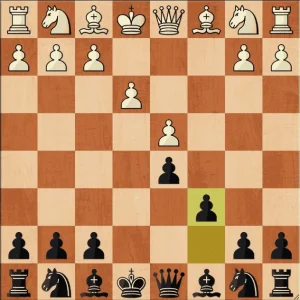
At the outset, it looks like White opened the diagonal for the c8 bishop. But things are not so simple. With the capture, White makes several changes to the position.
White fixes the pawn on d5. Now if Black ever wants to strike in the centre then White replies with dxc5 and gives Black an isolated pawn.
The other important change is the immediate opening of the c file. White in the future can target the c pawn with Rc1-Qc2 to force a reaction on the queenside.
White can employ two pawn breaks in this position. One is to advance on the queenside with a4-b4-b5 and the other is to break in the center with f and e pawn.
Black on the other hand does not have any useful pawn breaks. Black’s strategy is to centralize the pieces, exchange pieces at the right time, and react to whatever plan white chooses.
Since Black’s position is strong in fundamentals, White has to be careful not to be over-ambitious. Black’s position has enough inert potential to break out at the right moment.
In the game below White plays for a queenside expansion. Kasparov holds White’s expansion with precise maneuvering and slowly launches a controlled Kingside attack.
In the next game, White plays for the f3-e4 expansion. Black puts pieces on the correct squares and strikes at the right moment.
As discussed previously, if you want to avoid Bg5 lines then you can play 3…Be7 instead of 3…Nf6. This cuts down your opponent’s options.
The Cambridge Springs Variation
The opening tabiya of this variation is shown below
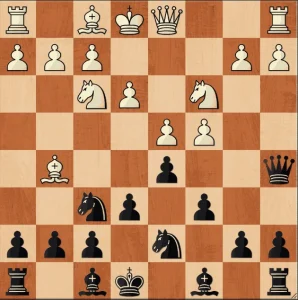
In this line, Black goes on active counterattack with the Queen. Black hopes to exploit the consequence of playing Bg5. Black plays the queen sortie to a5 and hopes to pressure the Queenside.
This is logical because after e3 the bishop on g5 cannot come back to defend the knight. Whereas the Black Bishop and Knight are ready to join the attack. Black also bolsters the center with the additional c6 move to prevent any central counterattack by White.
There is a famous trap in this variation. It is the Elephant Trap. According to the database, nearly 20,000 players have fallen for this trap! The trap plays out as follows
The Cambridge Springs variation works very well at the club player level. Black sets up many tactical tricks for white. This variation is very hard to meet for an unprepared player. Let’s take an example where white carelessly develops the pieces.
In the following position, White plays Bd3, which is a common developing plan in the QGD.
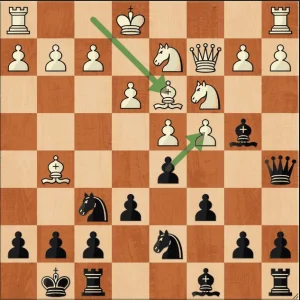
But in this position, Bd3 is a blunder because Black can play dxc4 with a double attack on both the bishops.
You also might like Hanging Pawns – Fundamental Pawn Structures as well as Fighting against the Pawn Center.
Conclusion
The Queen’s Gambit Declined is an amazing choice for a player of any level. It is solid, reliable, and will not be refuted any time soon. It gives you the freedom to choose how you want the game to be. From the quiet strategic struggles of the Tartakower to the tricky Cambridge Springs. This opening has something to offer for everyone.



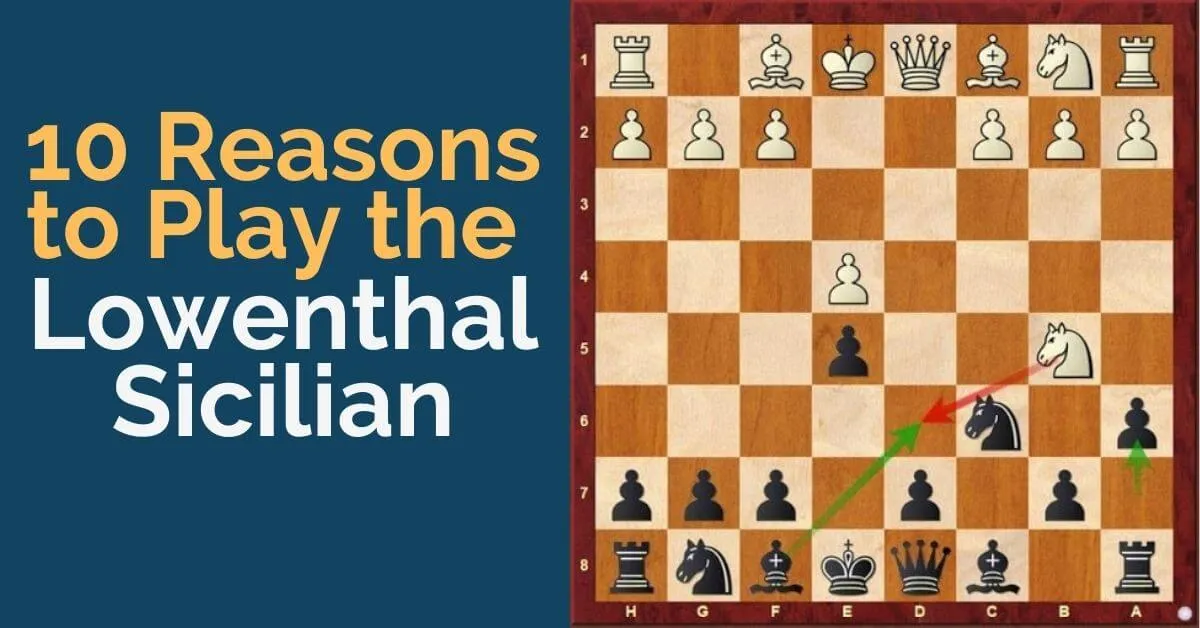

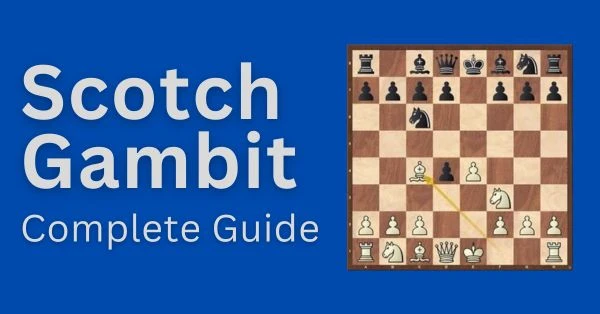




Comments: